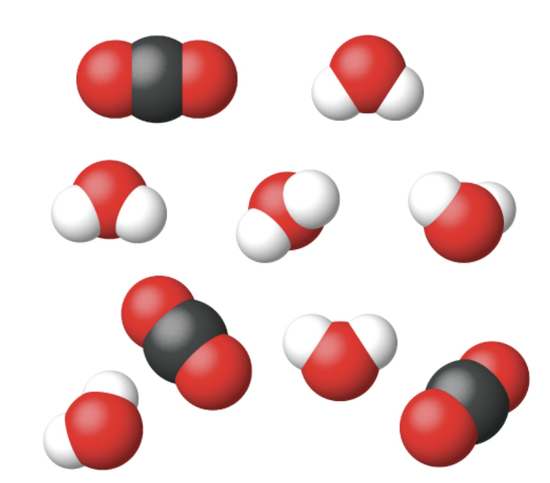Chris Kennedy
Instructor in psychiatry
Harvard Medical School / Massachusetts General Hospital
Biography
Chris Kennedy is an instructor in psychiatry at Harvard Medical School, and a researcher at Massachusetts General Hospital’s Center for Precision Psychiatry led by Jordan Smoller. Previously he was a postdoctoral fellow in Gabriel Brat’s surgical informatics lab, in the department of biomedical informatics. He has a PhD in biostatistics from UC Berkeley where he worked with Alan Hubbard and Mark van der Laan. He is a research affiliate at Beth Israel Deaconess Medical Center, UC Berkeley’s D-Lab, the Integrative Cancer Research Group, and Kaiser Permanente’s Division of Research.
Chris chaired TextXD: Text Analysis Across Domains in 2018 & 2019, the premier text-focused data science conference at UC Berkeley. He is co-author of the SuperLearner machine learning framework and varimpact R package. Chris is lead author on the hate speech measurement project, is an NIH T-32 biomedical big data trainee, and is a member of the UCSF NLP Meetup.
He provides consulting services in deep/machine learning, data science, & surveying. In 2018 he led data science for Gavin Newsom’s gubernatorial campaign and Katie Porter’s congressional campaign.
Interests
- Targeted causal inference
- Deep learning (NLP, images, video, time series)
- Machine learning
- Biomedicine & public health
- Randomized trials & experimental design
- Electronic health records
- Item response theory
- Survey methods
Education
PhD in biostatistics, 2020
University of California, Berkeley
Masters in public affairs, 2007
The University of Texas at Austin
B.A. in government and economics, 2005
The University of Texas at Austin



